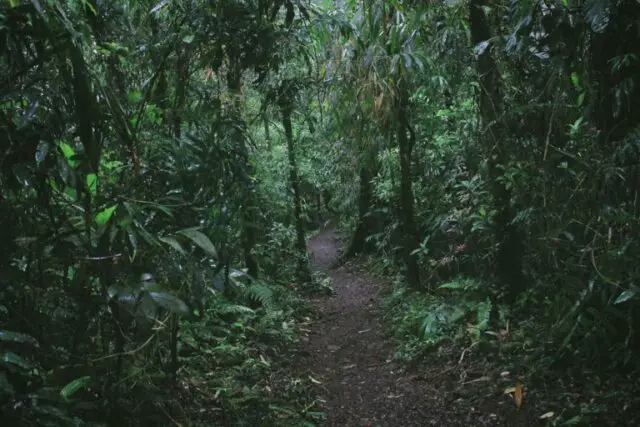Costa Rica is characterized by its paradisiacal beaches and tropical forests. And while it is true that tourism is one of its main economic activities, this country has known how to take advantage of the flow of travelers and the economic spillover from said industry to protect its natural areas, those evergreen settings that are the favorites of visitors.
An example of this is that, in the last 30 years, this region of Central America managed to double the number of forests that grow in its territory; in fact, 52% of the national surface is covered by trees, tropical plants and foliage of all kinds, according to the United Nations University.
Back in 1940, Costa Rica was 75% tropical forest; however, uncontrolled deforestation caused that by 1983, only 26% of the territory had some type of forest vegetation. Luckily, this situation set off the ecological alarm and took on a national character: authorities, indigenous communities and the population in general joined forces to start the reforestation work. Today, abundant woodlands grow on land that used to be used for crops and pasture.
Incentives
One of the measures taken was the creation of incentives for those who protected natural areas. For example, in 1996 the National Fund for Forestry Financing was created and its reward program that grants up to 120 dollars per forest area conserved. This initiative managed to make environmental care a profitable activity that, to date, adds around 18,000 direct jobs and about 30,000 indirectly. A significant amount for a nation with just 4.5 million inhabitants.
Green policies
In 1969, Costa Rica passed its first forestry law, which regulates logging permits, and created the Costa Rican Forestry Department. Little by little, this activity decreased until reaching the previously utopian number of zero felling in 1998. All these initiatives, along with many others that have helped the development of Costa Rica, are possible thanks to the fact that this small country, in a pacifist act, disbanded its army in 1948, which made it possible for much of its investment to be channeled into social and environmental programs.
Sustainable tourism in Costa Rica

As is happening in those countries concerned about their natural resources, in Costa Rica rural tourism is more common, promoted by local guides, who, in addition to providing services to travelers, are responsible for the preservation of the environment.

